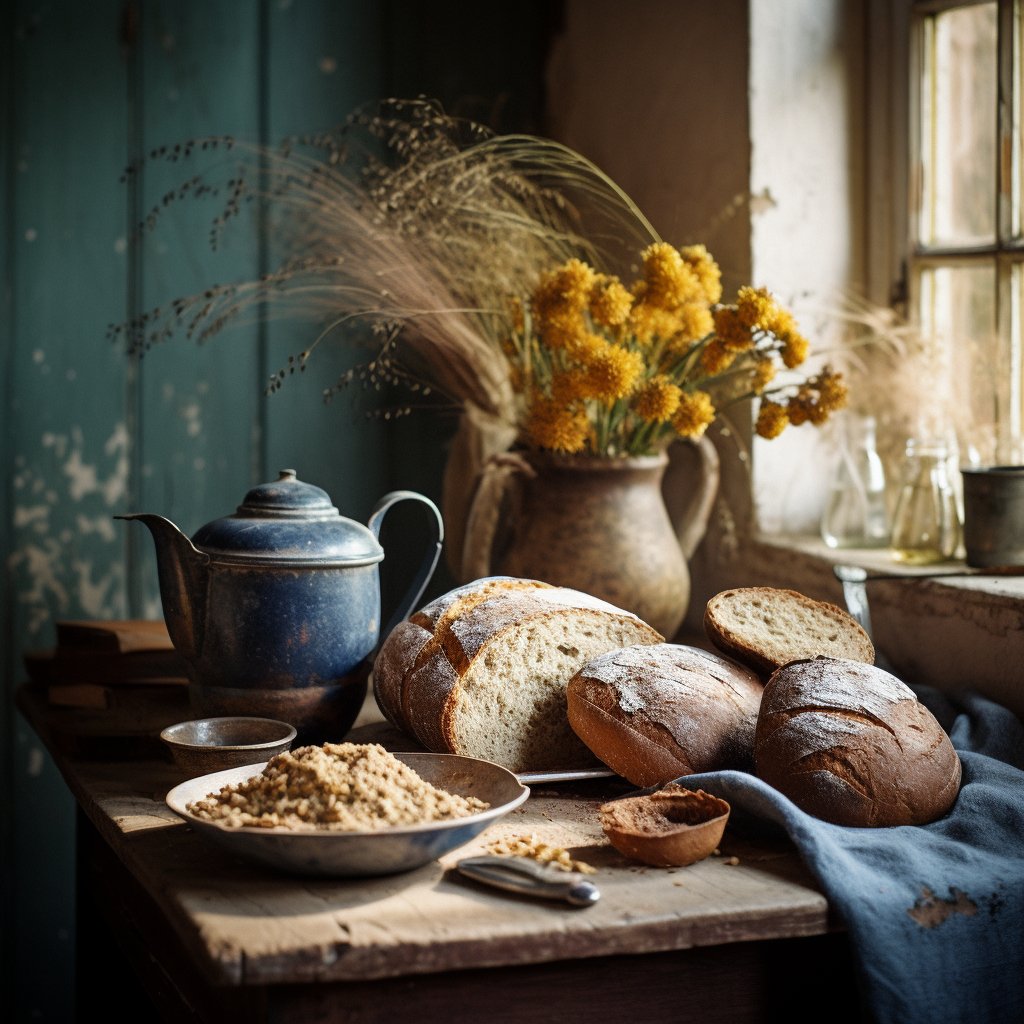As a dedicated homesteader, one of the most rewarding aspects of your lifestyle is undoubtedly the ability to grow and harvest your own food. However, the abundance of the harvest season often exceeds what can be consumed immediately. This is where food preservation comes in, allowing you to savor the flavors of summer all year long. In this comprehensive guide, we'll explore various methods of food preservation, from canning and fermenting to dehydrating and root cellaring.
1. Canning: A Taste of Summer in a Jar
Overview: Canning is a time-tested method of preserving fruits, vegetables, and even meats by sealing them in airtight containers.
-
Water Bath Canning: Ideal for high-acid foods like tomatoes, pickles, and fruit jams. Learn the basics of water bath canning and safety precautions.
-
Pressure Canning: Essential for low-acid foods such as beans, corn, and meats. Explore the benefits of pressure canning and step-by-step instructions.
2. Fermentation: Probiotic Preservation
Overview: Fermenting is not only a preservation method but also a means of enhancing flavors and adding beneficial probiotics to your diet.
-
Sauerkraut: Discover the art of making sauerkraut, a classic fermented cabbage dish packed with probiotics.
-
Kimchi: Explore the world of kimchi, a Korean staple, and learn how to ferment your own with various vegetables and spices.
3. Dehydrating: Concentrated Flavor and Nutrition
Overview: Dehydrating removes moisture from foods, intensifying their flavor and extending their shelf life.
-
Fruit Chips: Make crispy and sweet fruit chips from apples, pears, and bananas for a healthy snack.
-
Jerky: Craft homemade jerky from beef, venison, or poultry using a dehydrator for a protein-packed snack.
4. Root Cellaring: Nature's Refrigerator
Overview: Root cellaring is an age-old method of storing root vegetables and certain fruits in a cool, dark, and humid environment.
-
Creating a Root Cellar: Learn how to design and build a root cellar, or adapt an existing space for root vegetable storage.
-
Crop Selection: Discover which vegetables and fruits are best suited for root cellaring, including potatoes, carrots, apples, and winter squash.
5. Freezing: A Modern Twist on Preservation
Overview: While freezing may not be as traditional as other methods, it is a convenient and effective way to preserve a wide range of foods.
-
Blanching Techniques: Understand the importance of blanching before freezing, and how it helps retain flavor and texture.
-
Freezer-Friendly Meals: Explore make-ahead meals and frozen ingredients for easy cooking throughout the year.
6. Preserving Herbs: Capturing Freshness
Overview: Don't forget about preserving the aromatic herbs you've grown all summer.
-
Herb Butter: Create herb-infused butter and freeze it in small portions for seasoning dishes year-round.
-
Herb Drying: Learn how to air-dry and oven-dry herbs for use in culinary creations.
7. Safety and Storage: Preserving Quality and Nutrition
Overview: Safety is paramount in food preservation. Ensure that your preserved foods remain safe and nutritious.
-
Storage Tips: Understand the importance of proper labeling, organization, and regular inspection of stored preserved foods.
-
Food Safety: Familiarize yourself with food safety guidelines and best practices to prevent spoilage and foodborne illnesses.

With the knowledge and skills to preserve your harvest, you can enjoy the taste of summer's bounty even in the depths of winter. Whether it's the sweet tang of homemade pickles, the umami richness of fermented vegetables, or the convenience of frozen meals, food preservation is a rewarding and sustainable practice on the homestead. So roll up your sleeves, gather your produce, and embark on a culinary journey that will keep your pantry stocked with the flavors of the seasons to come.




